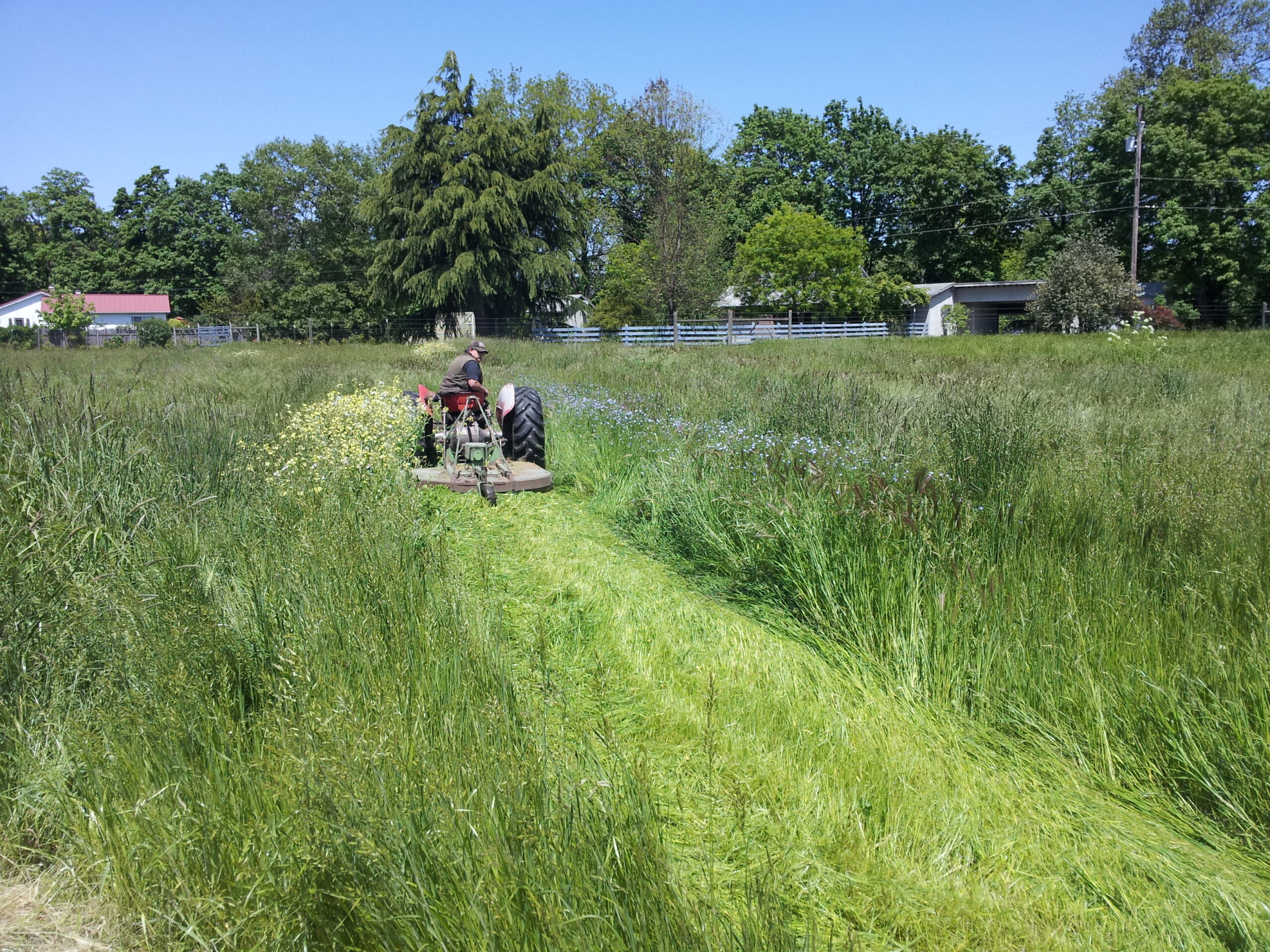What is it with Weeds?
Weeds can indeed serve as indicators of soil conditions and provide valuable information about the state of the soil. Different weed species have specific preferences for soil characteristics, and by observing the types of weeds that grow in a particular area, you can gain insights into the soil’s composition, pH, fertility, and other factors. Here’s how weeds can be indicators of soil conditions:
Soil pH: Some weeds thrive in acidic soils, while others prefer alkaline conditions. If you notice certain acid-loving weeds like Sorrel or Oxalis, it might indicate that the soil is more acidic. Conversely, if you see weeds like Lamb’s Quarters or Plantain, it could suggest more neutral to alkaline soil.
Soil Fertility: Weeds like Chickweed and Lamb’s Quarters often grow in soils with high fertility, indicating that the soil may be rich in nutrients. Conversely, the presence of weeds like Yarrow or Horsetail might signal poor soil fertility.
Soil Moisture: Weeds, such as Smartweed or Cattails, are often found in wet or poorly drained areas, suggesting excess moisture or poor drainage in the soil. Weeds like Purslane, on the other hand, thrive in drier conditions.
Soil Compaction: Compacted soil may favor the growth of certain weeds like Dandelions or Plantains. Their taproots can break up compacted soil, allowing other plants to establish themselves more easily.
Nutrient Deficiencies: Specific nutrient deficiencies in the soil can encourage the growth of certain weeds. For example, Iron-deficient soil might promote the growth of broadleaf weeds with green leaves, like Lamb’s Quarters.
Soil Composition: The type of soil (sandy, loamy, clayey) influences the types of weeds that grow. Weeds can adapt to the physical properties of the soil and are often well-suited to the soil type in which they are found.
Soil Disturbance: Weeds are often quick to colonize disturbed areas. If you see a particular set of weeds in an area recently disturbed by construction or other activities, it can suggest the need for soil remediation.

BINDWEED (Convolvus) Tight, crusted soil, low humus.

BROOM SEDGE (Andropogon Virginicus) Depleted oxidized soil, low in calcium and possibly magnesium, poor soil structure and possible overdose of high-salt fertilizer.
FOXTAIL BARLEY (Hordeum Jubatum) Wet soil, possibly high in salts and low in Calcium, compacted, possibly acid, unavailable Potassium and trace elements.

COMMON BURDOCK (Arctium Minus) High Iron, acid, low Calcium, excess of Gypsum, Dolomite Lime, Ammonium Sulphate plus Lime.
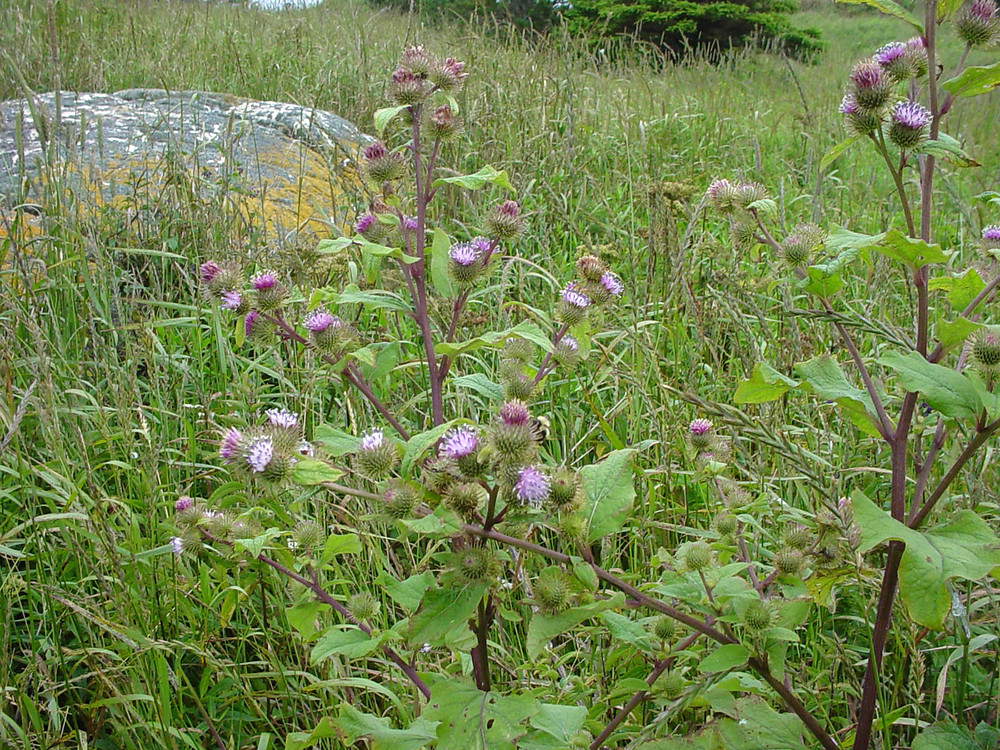

DANDELION (Taraxacum Officinale) Low Calcium, organic matter not decomposing.

DOCK (Rumex) Wet, acid soils.
CHEAT, CHESS (Bromus Secalinus) Wet, compacted, puddled, fine particles, no crumb structure.
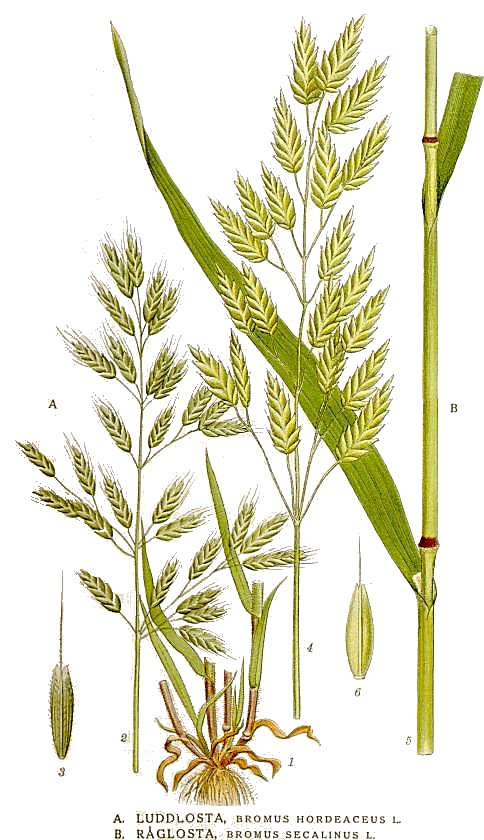
CHICKWEED (Stellaria Media) High organic matter at surface but low mineral content.
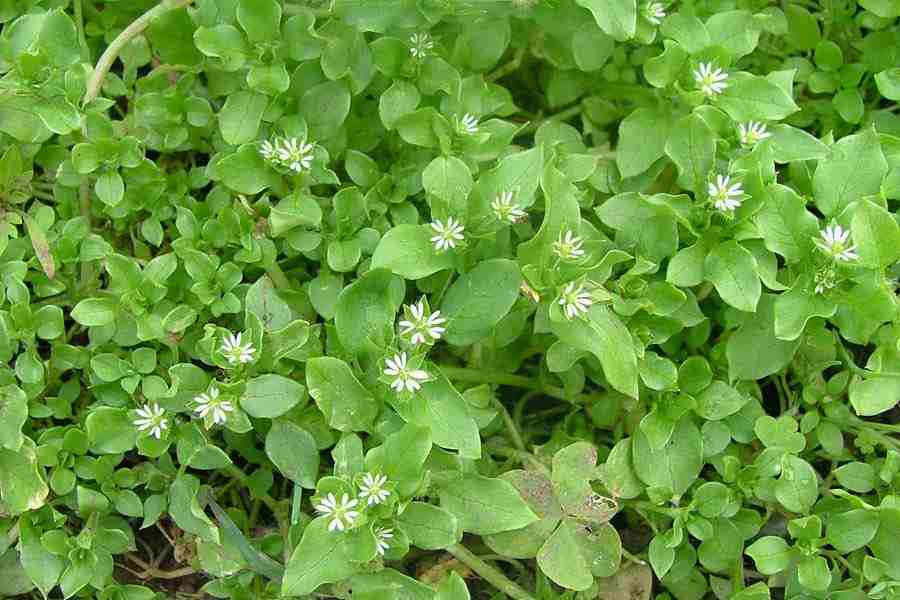
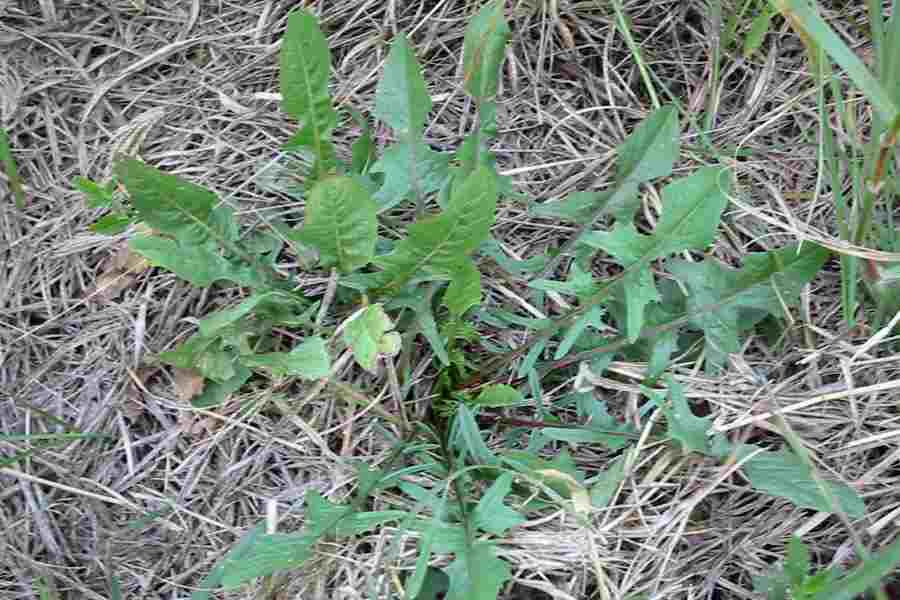
CHICORY (Cichorium Intybus) Fairly good soil, clay or heavy soil.
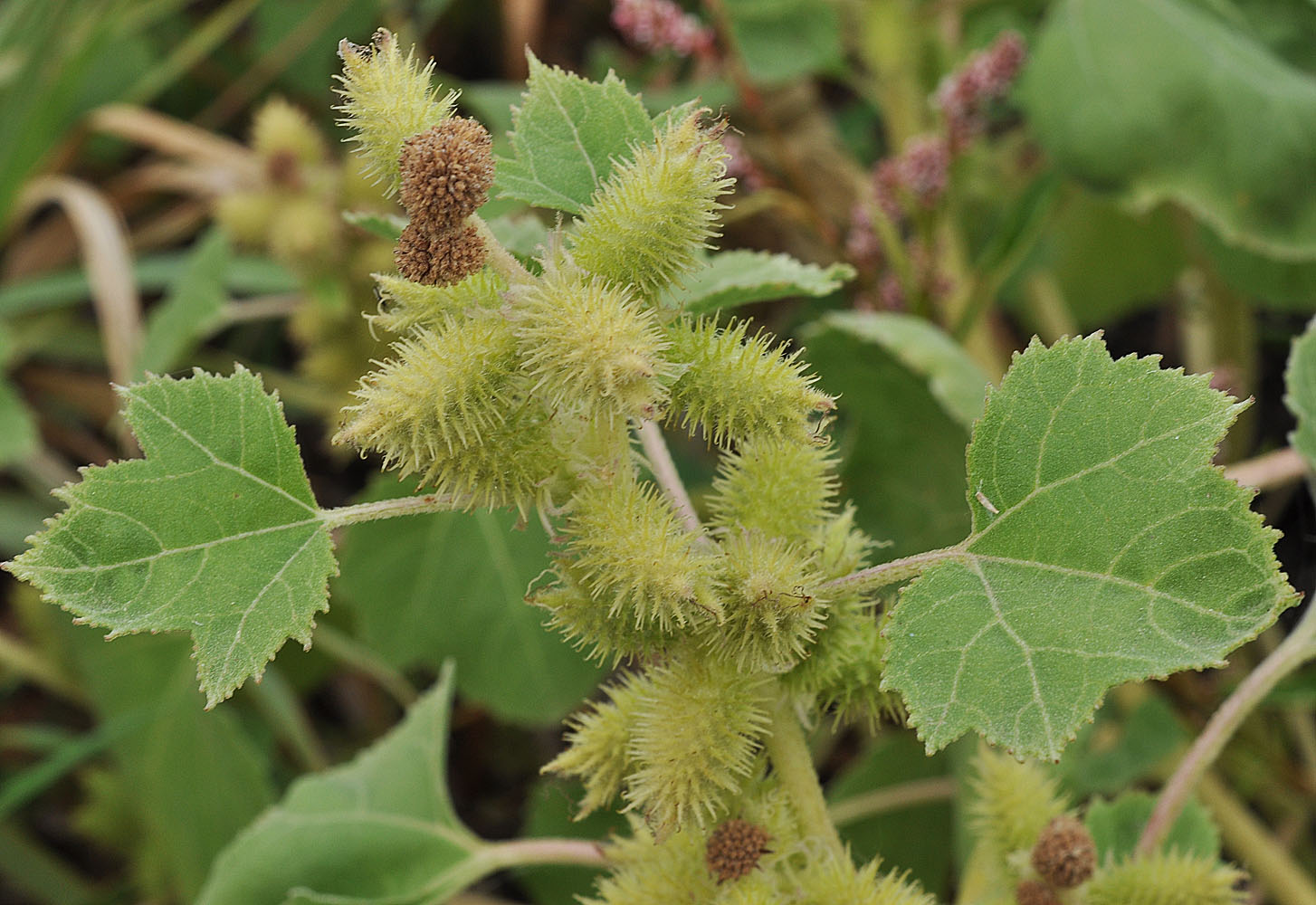
COCKLEBUR (Xanthium Pennsylvanicum) Good soil, high Phosphorus but low Zinc.
CRABGRASS (Digitaria Sanguinalis) Tight crusted soil, low Calcium, inadequate decay of organic matter.
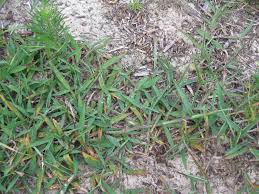
FALL PANICUM (Panicum Dichotomiflorum) Anaerobic, compacted soil.
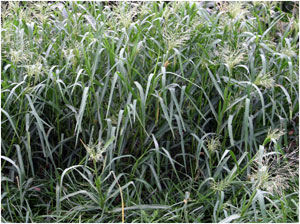
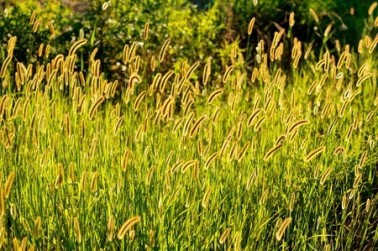
FOXTAIL, GIANT FOXTAIL (Setaria) Tight, wet soil, possible high Magnesium, seed germinates in anaerobic conditions.
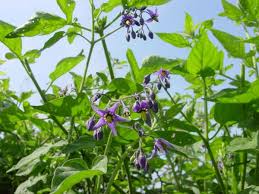
HORSE NETTLE (Solanum Dulcamara) Crusted soil, low humus.
JIMSONWEED (Datura Straminium) Improper decomposition of organic matter (Fermentation)
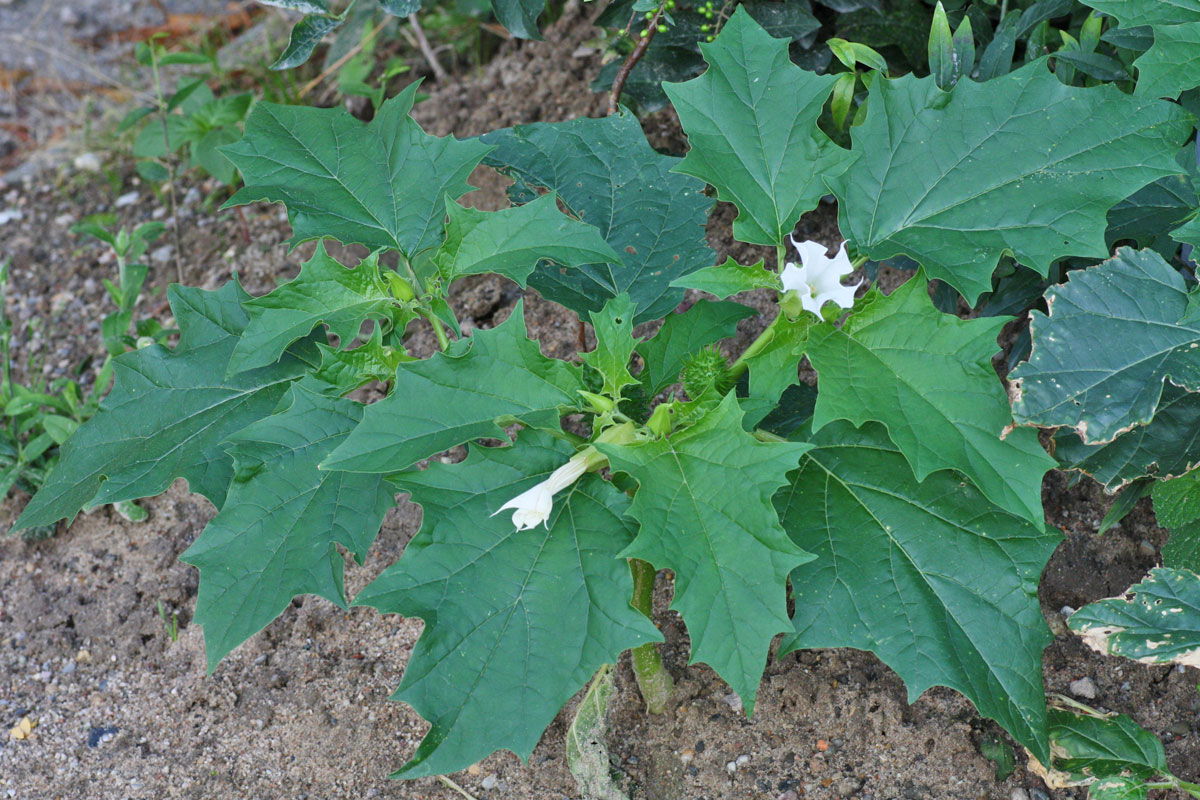
JOHNSON GRASS (Sorghum Halepense) Depleted soil, low organic matter, low Calcium, possible high Iron.
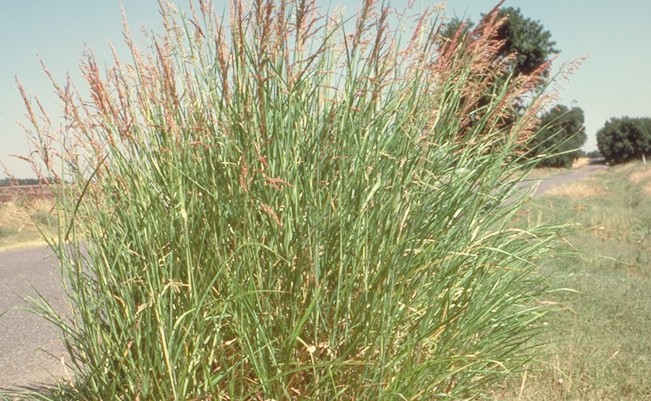
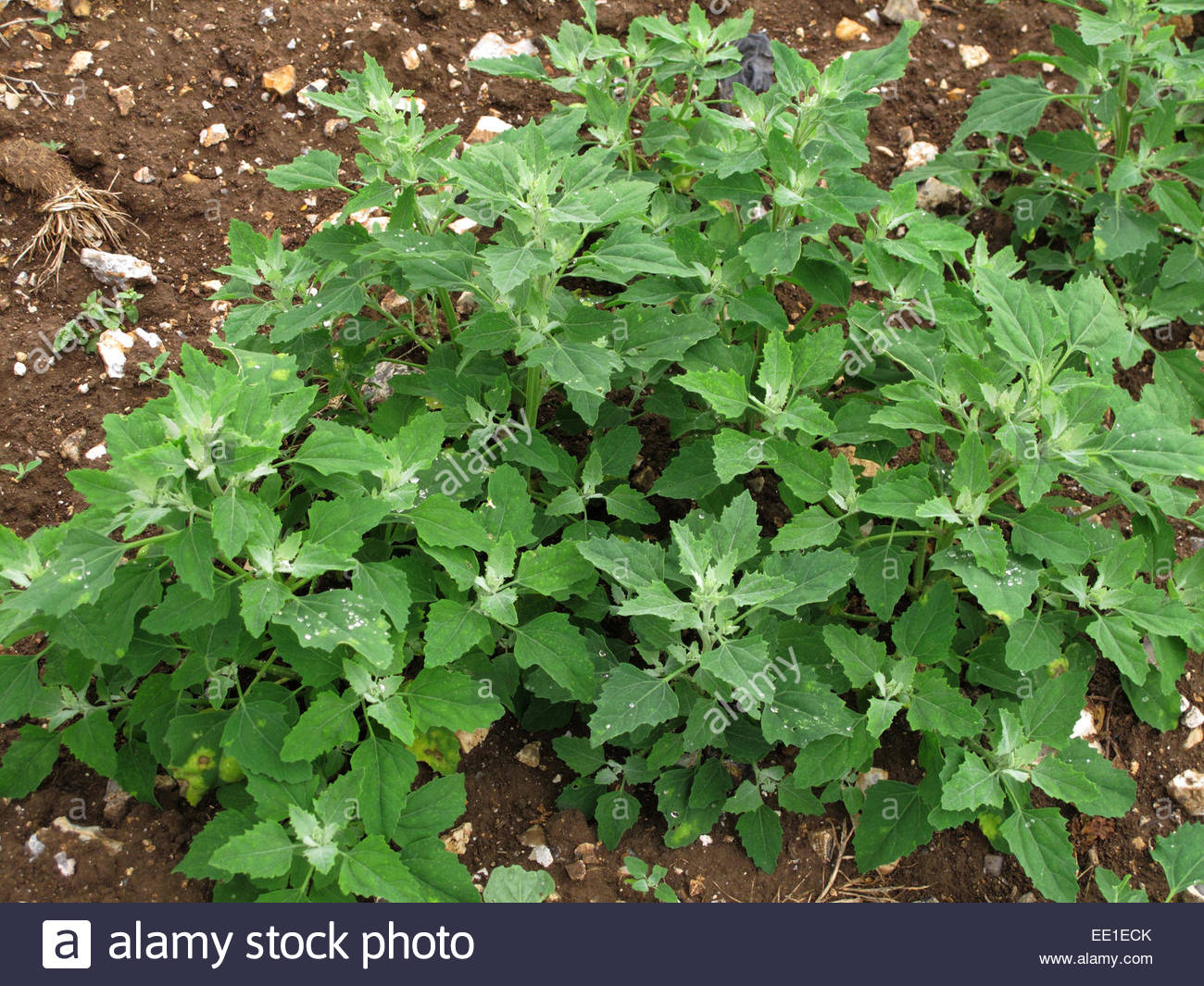
LAMB’S QUARTERS (Chenopodium Album) Rich, fertile soul, good organic matter decay, high humus.
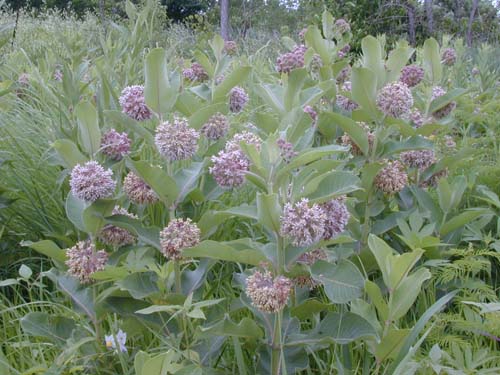
COMMON MILKWEED (Asclepias Syriaca) Good soil, generally grown in fallow areas. Essential for Monarch Butterflies during migration.
MUSTARD (Wild mustard, yellow rocket, wild radish, pepper grass) Crust, hardpan, poor soil structure, poor drainage.
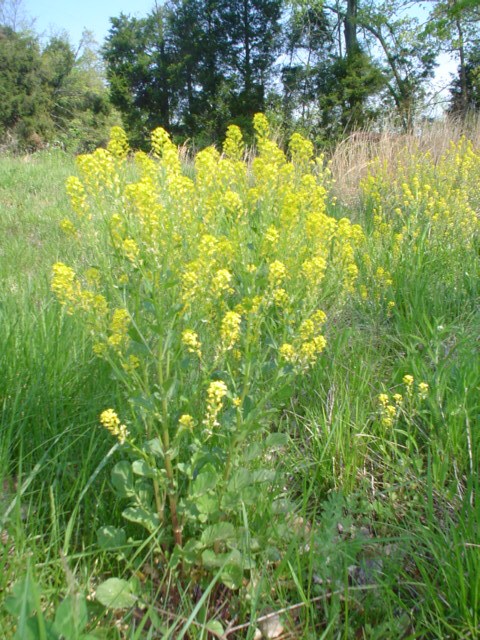
NETTLES, STINGING NETTLE (Urtica) anaerobic, toxic soil, wrong decomposition of organic matter (Fermentation)


PIGWEED, REDROOT (Amaranthus) good soil.

QUACK GRASS (Agropyron Repens) Wet anaerobic soil, high Aluminum, high Magnesium and Sodium, low Calcium.
RED SORREL, SHEEP SORREL (Rumex Acetosella) Acid soil, low Calcium, low decomposition.

RUSSIAN THISTLE, TUMBLEWEED (Salosa Kali var, tennifolia) Salty soil, low Calcium, low organic matter decomposition.
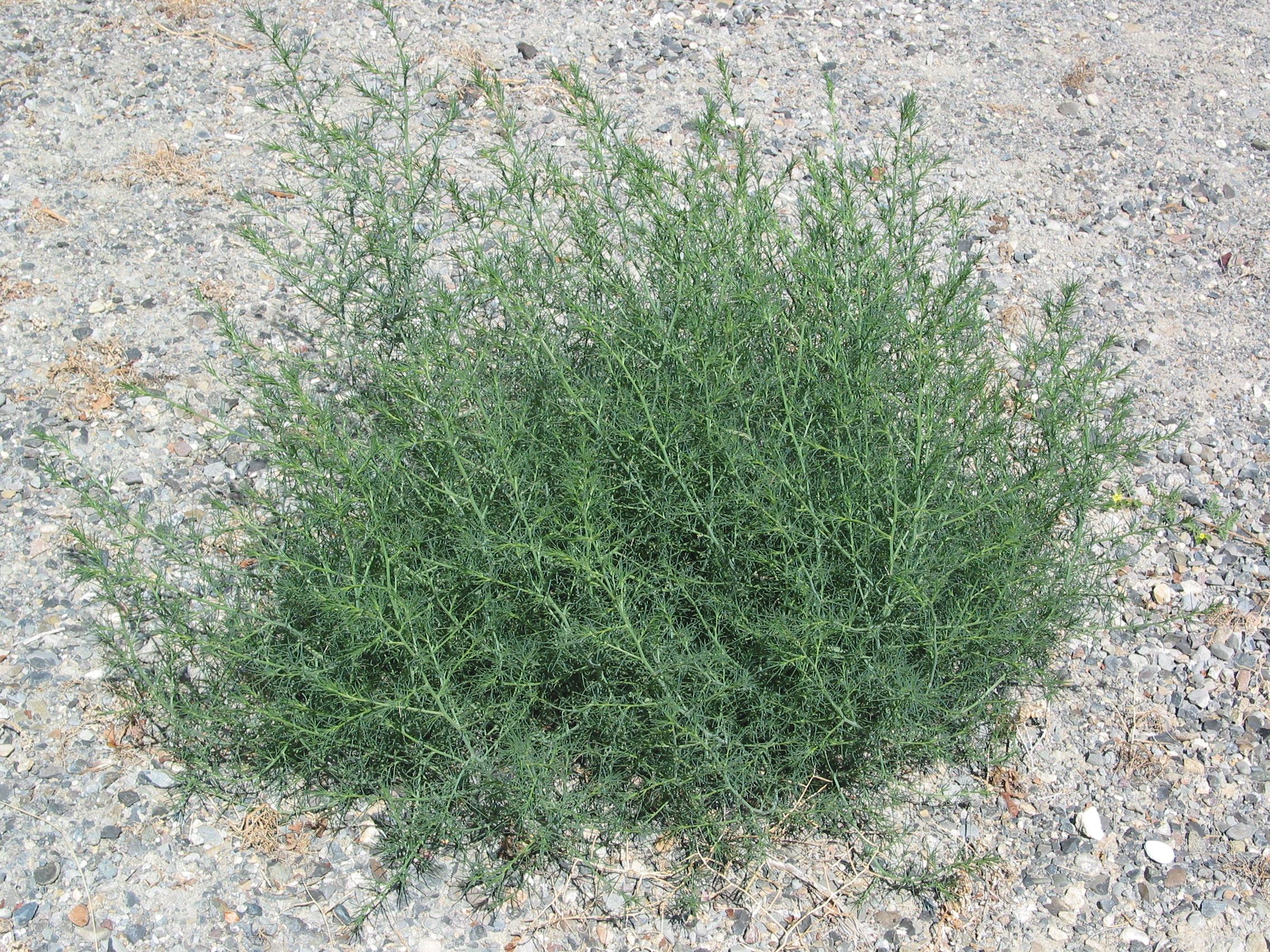
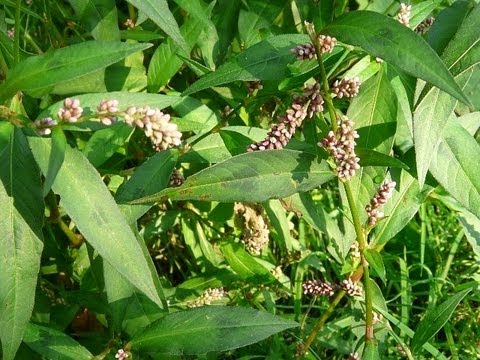
SMART WEEDS (Polygonum) Wet poorly drained soil.
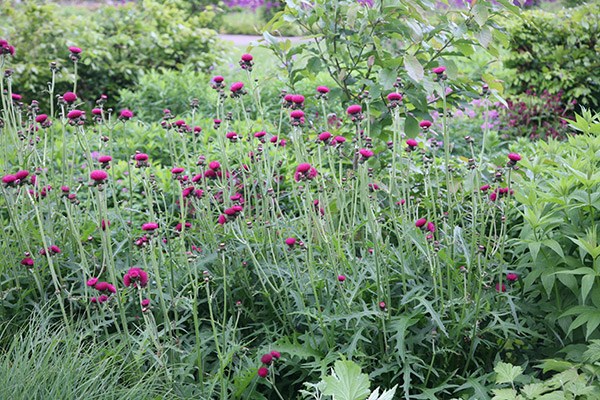
THISTLES (Cirsium) SOWTHISTLE (Sonchus Operaceus) Good soil.
VELVET LEAF (Buttonweed)(Albutilon Theophrasti) Anaerobic soil, wrong decay of organic matter. (Fermentation)

By understanding the types of weeds in a given area, you can make informed decisions about soil management and improvement. If you want to change the soil conditions to better suit your desired plants, you can amend the soil with appropriate fertilizers, organic matter, or adjust the pH to create a more hospitable environment for your chosen vegetation.
